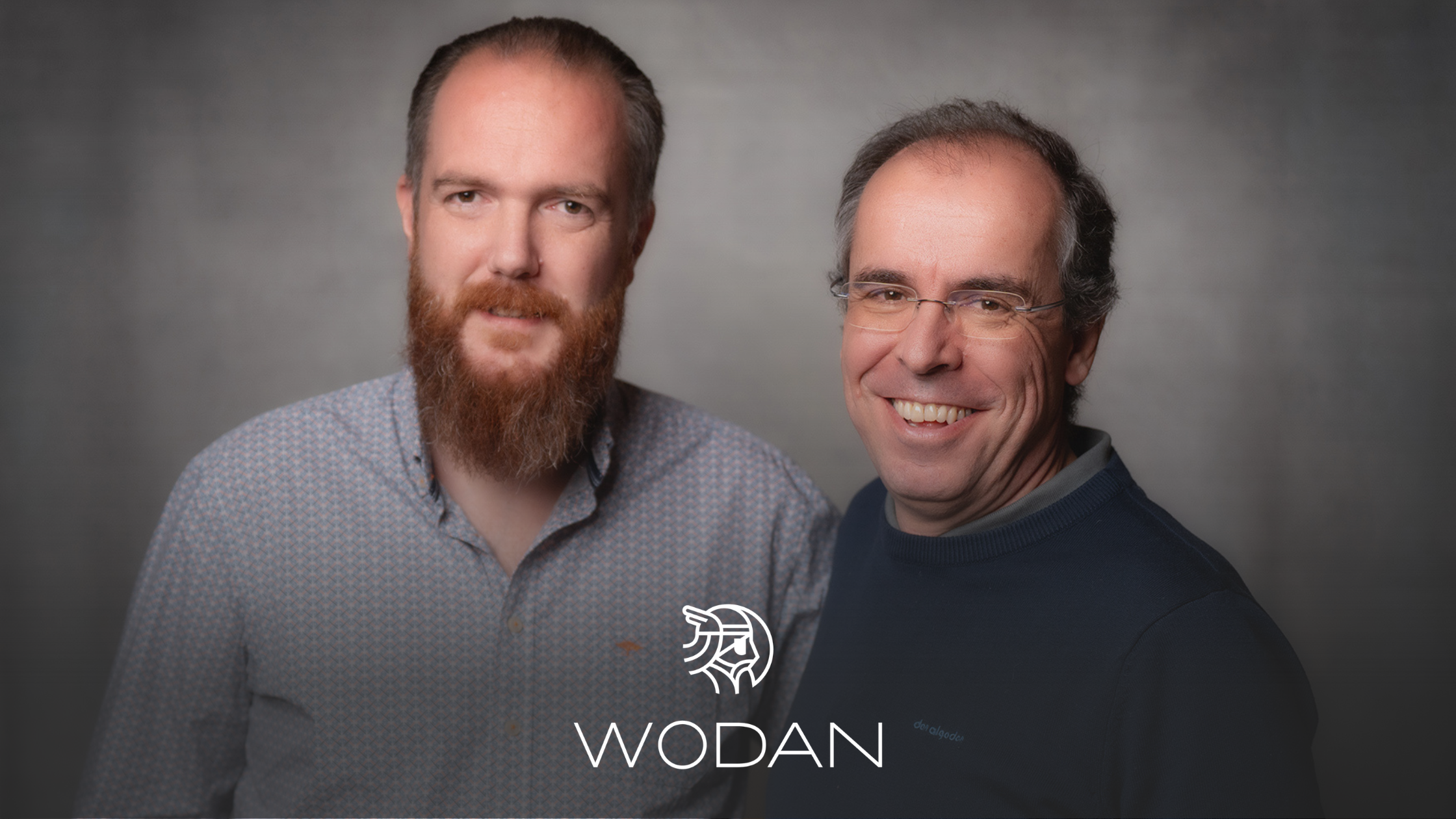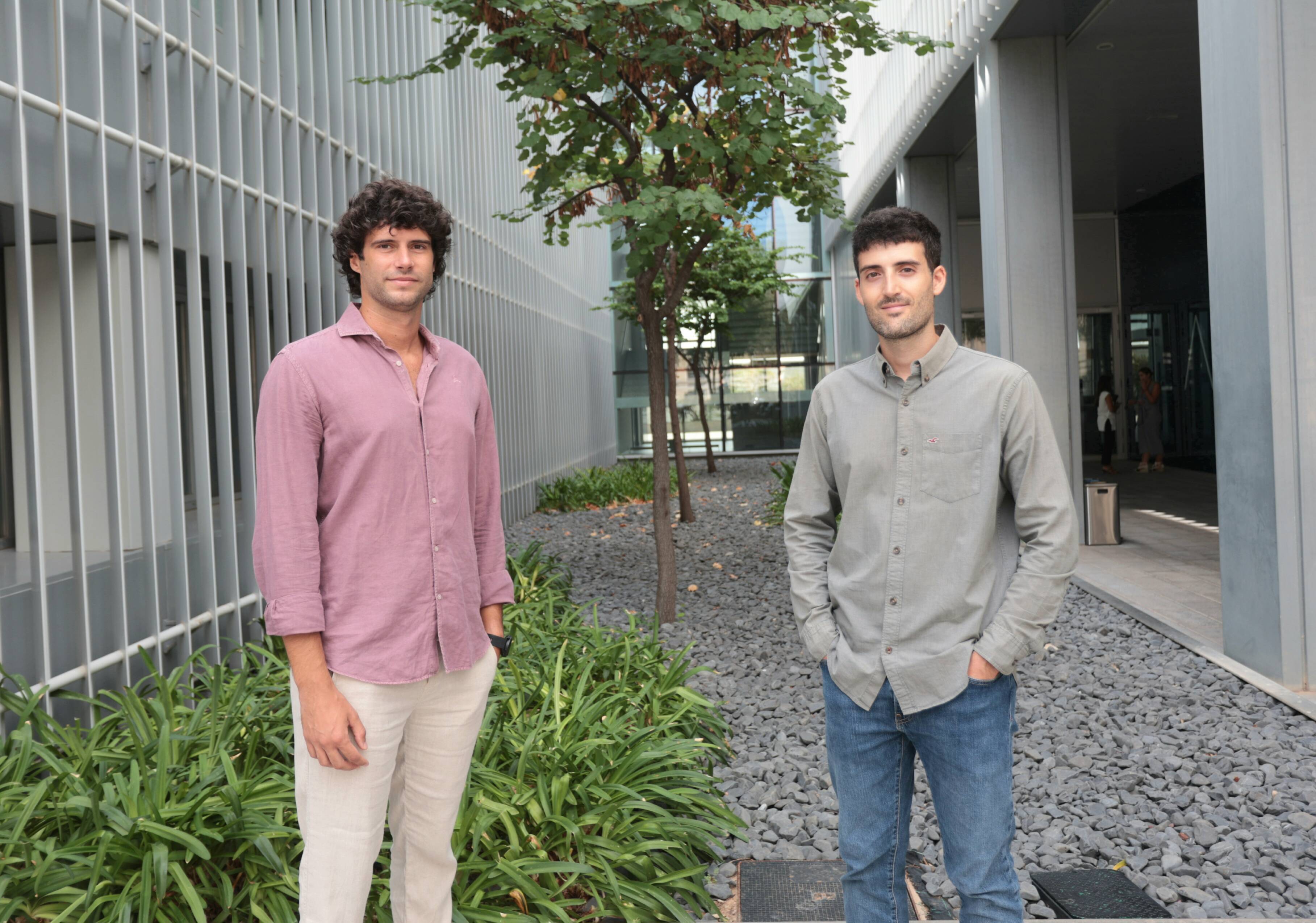Intelex Vision: Where AI Meets Video Surveillance

There is a rapidly growing need for better security across all areas of society and industries – including transport, manufacturing, logistics, education, health, public spaces and critical infrastructure. This demand is driving the growth of the global video surveillance market, which is anticipated to reach $147 billion by 2030 and is often underpinned by video monitoring systems.
With the global count of surveillance cameras exceeding one billion and rising fast, the challenge of effectively monitoring feeds from these cameras is growing exponentially. Even if one had infinite access to human resources, it would be impossible to effectively monitor footage from hundreds or thousands of cameras 24/7, in real-time. Several studies have shown that the average controller loses the ability to gain any useful information after only 20-30 minutes of watching a single video feed.
This is why many video monitoring centres have turned to AI to assist or replace the human eye, creating a market that is expected to be worth $50 billion by 2032. According to Deloitte, deploying AI-enhanced security systems could reduce global crime rates by an impressive 30-40% while accelerating emergency response times by 20-35%.
Still, most AI-powered video analytics products rely solely on deep learning and are designed to address a single, predefined use case. This approach has significant limitations, including:
- High compute requirements from analysing full video feeds with Deep Learning, leading to scalability issues
- Even greater strains on resources where multiple use cases (multiple DL models) are required.
- Not being able to detect zero-day situations for which the models weren’t trained
- Control room operators must sift through numerous false alarms
The need for more intelligent video surveillance that can monitor and detect unusual events in real time and at scale is evident.
This is where Intelex Vision comes into play.
Smarter, self-learning video surveillance

Intelex Vision takes a unique approach to overcome the challenges mentioned. Their two-layered analysis process works as follows:
- A self-learning (not deep learning) layer filters out the vast majority (over 99%) of the video stream, detecting relevant events without bias.
- A Deep Learning layer is then applied to the remaining small fraction of video, focusing on the events of interest.
This approach enables control rooms using Intelex Vision's platform to efficiently manage thousands of cameras in real-time, presenting only the most critical events for operator analysis and action.
The first layer of analysis consists of self-learning AI video analytics on a pixel level. The software learns on a fully unsupervised basis what is the ‘normal activity’ in any given field of view of a camera. This includes all movements and behaviours of objects in that particular scene, not limited to specific ones such as people, vehicles, and so on.
Having established what’s considered ‘normal’ (a process that generally takes only 48-96 hours after set up), it can then begin to filter out the anomalies (i.e. any unusual behaviours) irrespective of whether the activities have been seen or detected before.
This data is further analysed by a second Deep Learning-based layer, where objects and behaviours are identified and contextualised. After the second layer, only relevant events are presented to the control room operator in a 6-8 second video clip. It is the human being that makes the final decision if the event is relevant or not when the event cannot be classified as an alarm autonomously.
Intelex Vision's solution revolutionises control rooms by:
- Increasing detections by up to 30x and operator efficiency by up to 15x, enabling a single operator to manage over 300 cameras simultaneously (compared to 30-40 in traditional control rooms)
- Outperforming AI-based video analytics solutions by handling a higher number of use cases on a single platform (unlike others that are limited to only a few)
- Requiring significantly lower compute resources (by a factor of at least 10x) thanks to its efficient two-layered analysis process
Moreover, Intelex Vision's approach paves the way for a hybrid edge-cloud model, where compute tasks are divided between local devices (such as cameras) and the cloud, ensuring scalability. The solution is designed to work seamlessly in this hybrid environment, with the first layer processing on the edge and the second layer in the cloud.
This flexibility sets Intelex Vision apart from other solutions, which are limited to either on-prem or simple cloud use cases due to latency issues.

While AI-driven video surveillance holds immense promise for public safety, responsible deployment and ethical surveillance practices are also more critical than ever. New regulations, such as the Artificial Intelligence Act in Europe, ban certain AI applications that threaten citizens' rights, including biometric categorisation systems and untargeted facial images from CCTV footage to create facial recognition databases.
Intelex Vision is dedicated to developing video surveillance technology that can be used in a fair and unbiased manner. The software is not pre-programmed to identify traits – such as race, gender, or age – only unusual behaviours at the first layer, thus removing any forms of bias.
The team behind the scenes
Founded by seasoned industry experts Callum Wilson and Michael Vorstman in 2017, Intelex Vision has quickly grown its presence across four continents and 20+ countries.
Though centred in Europe, they've recruited top-tier talent from across the security technology industry, forming a truly global and multicultural team of 35+ FTE and growing.
The leadership team has been further strengthened with the addition of Alberto Croso (CRO), who brings many years of industry experience as former global CTO for the Security Division of Prosegur Group, Tam Cao (CTO), Werner Peters (CPO), and Radek Dzik (Product Marketing Director).
The team has excelled at uniquely combining advanced technologies like AI and Deep Learning with hybrid edge-cloud solutions to improve the efficiency of video surveillance systems at scale and bring security costs down. Over the past two years, Intelex Vision has seen 6x growth in its billings.
Today, Intelex Vision’s software powers 35K+ surveillance cameras across critical industries such as transport, energy, manufacturing, logistics, health, and more through its global network of leading distributors, resellers, and integrators.
The next frontier in security and threat detection
The advent of scalable and efficient AI and the transition to edge-cloud architecture are the two major growth drivers of the video surveillance market. As the number of cameras and data generated grows, edge-cloud video analytics is becoming an increasingly important technology for real-time threat detection and decision-making across industries.
The Intelex Vision team is composed of relentless executors who have made thoughtful technical choices to design a solution proven in the most challenging and dynamic environments and is well-positioned to capitalise on these trends. After achieving product-market fit across multiple markets and industry verticals, we believe the company is well-positioned to become a global leader in this space, and we can't wait to see what comes next.
To learn more about Intelex Vision, visit https://www.intelexvision.com and check out the video below. 👇





%20and%20Jacobo%20Peleteiro%20(L).png)



.svg)


